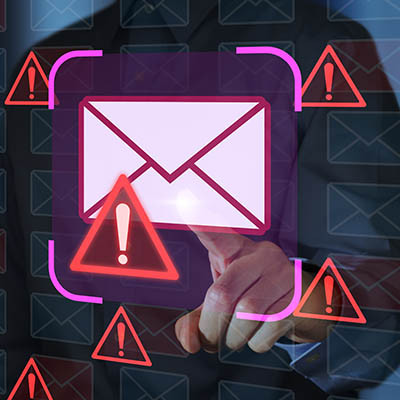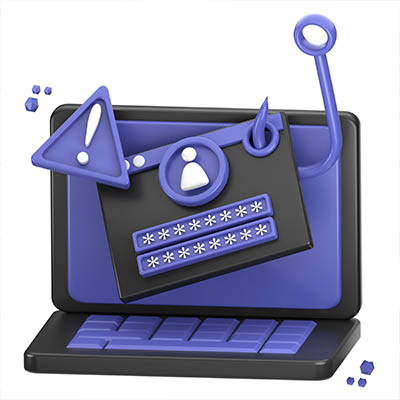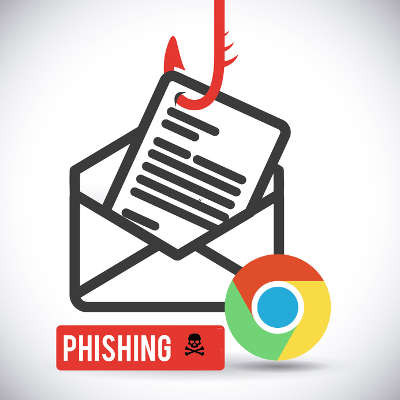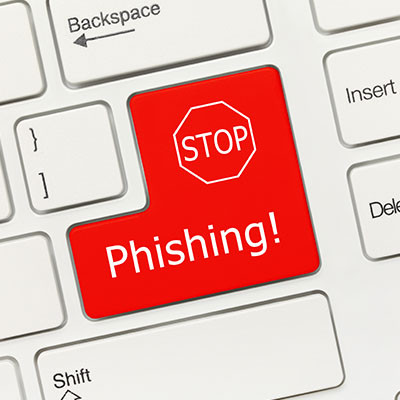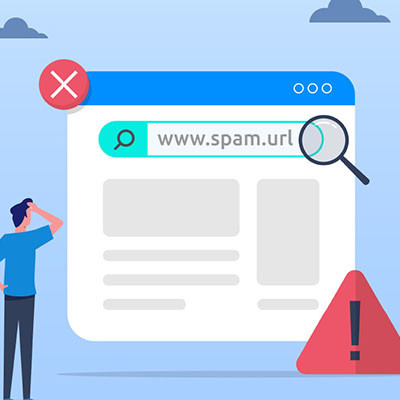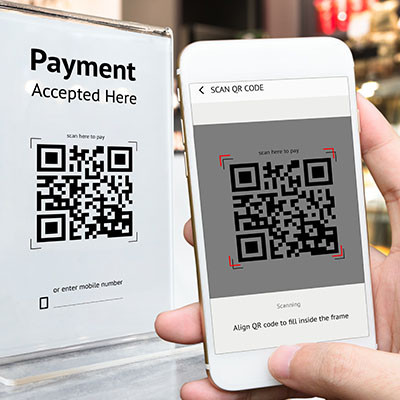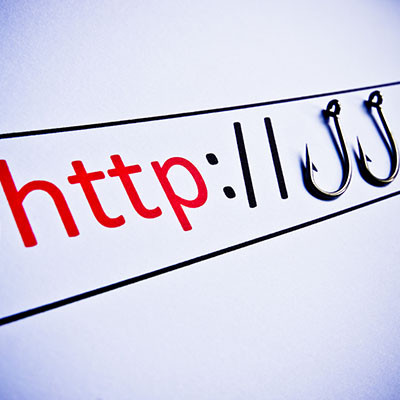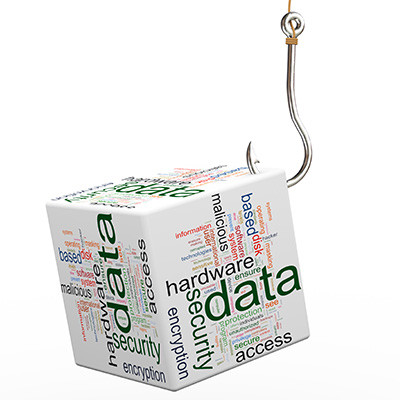Your team is your first and most vital defense against cyber threats. A single mistake—a click on a malicious link, a weak password, or a lapse in judgment—can compromise your entire organization. Cybersecurity isn't just an IT issue; it's a company-wide responsibility.
To build a resilient defense, your team needs comprehensive, recurring training. This month, we will give you a brief outline of the essential cybersecurity topics you must cover:


